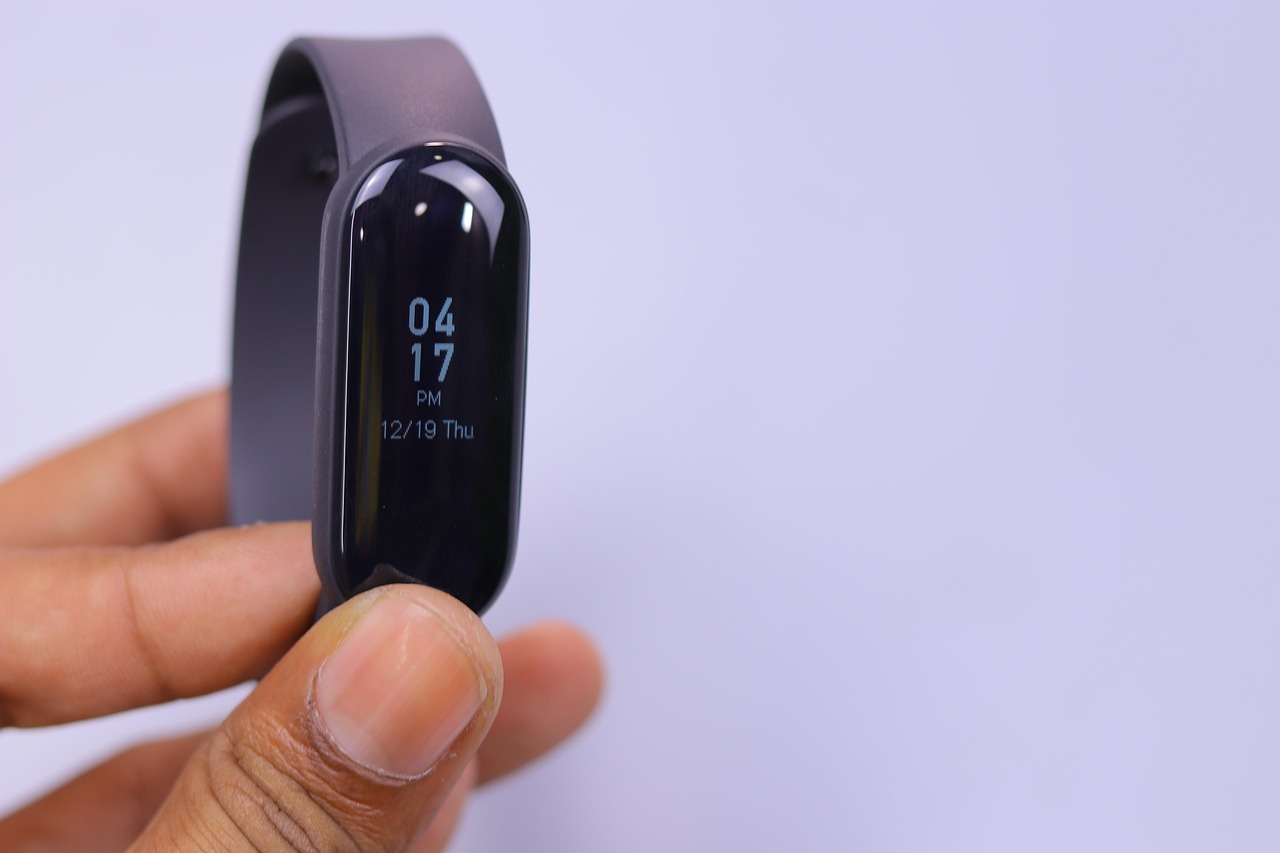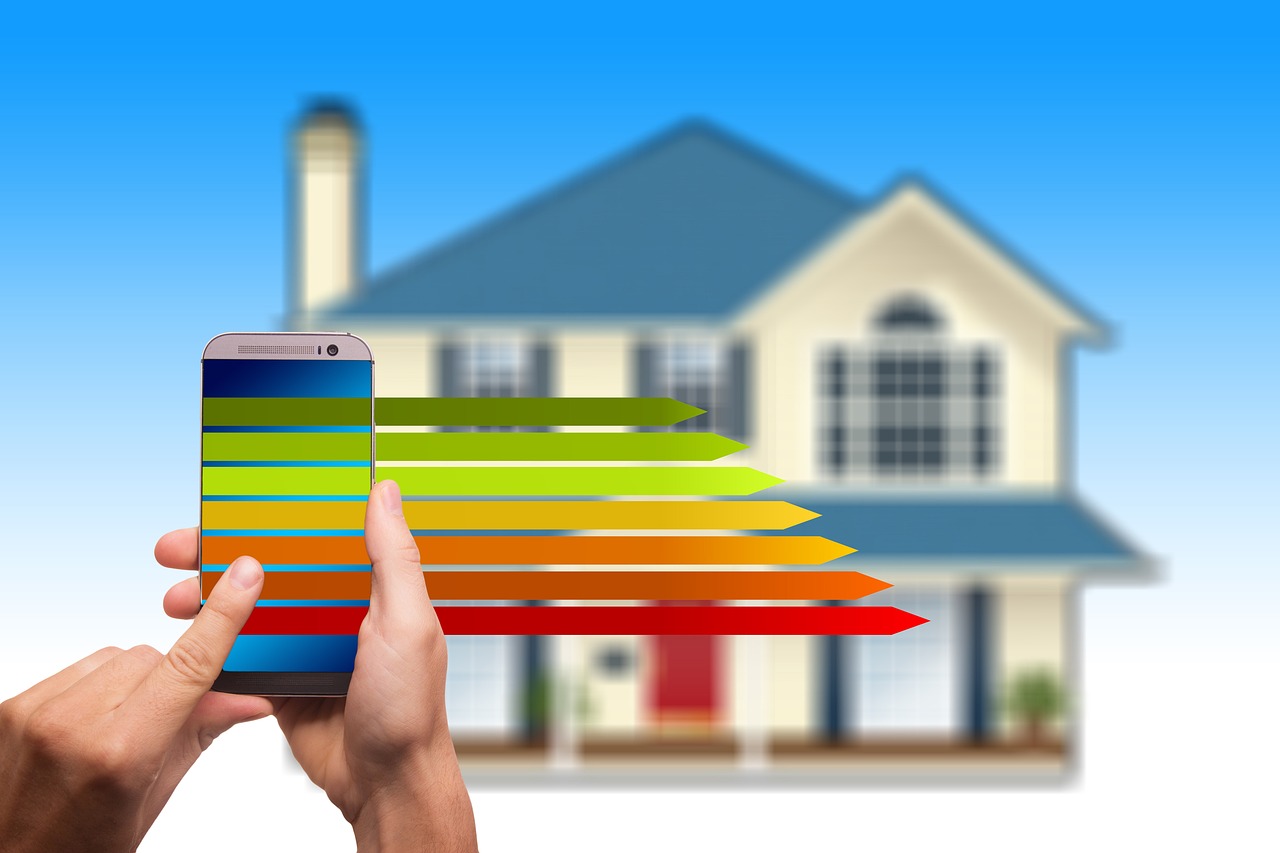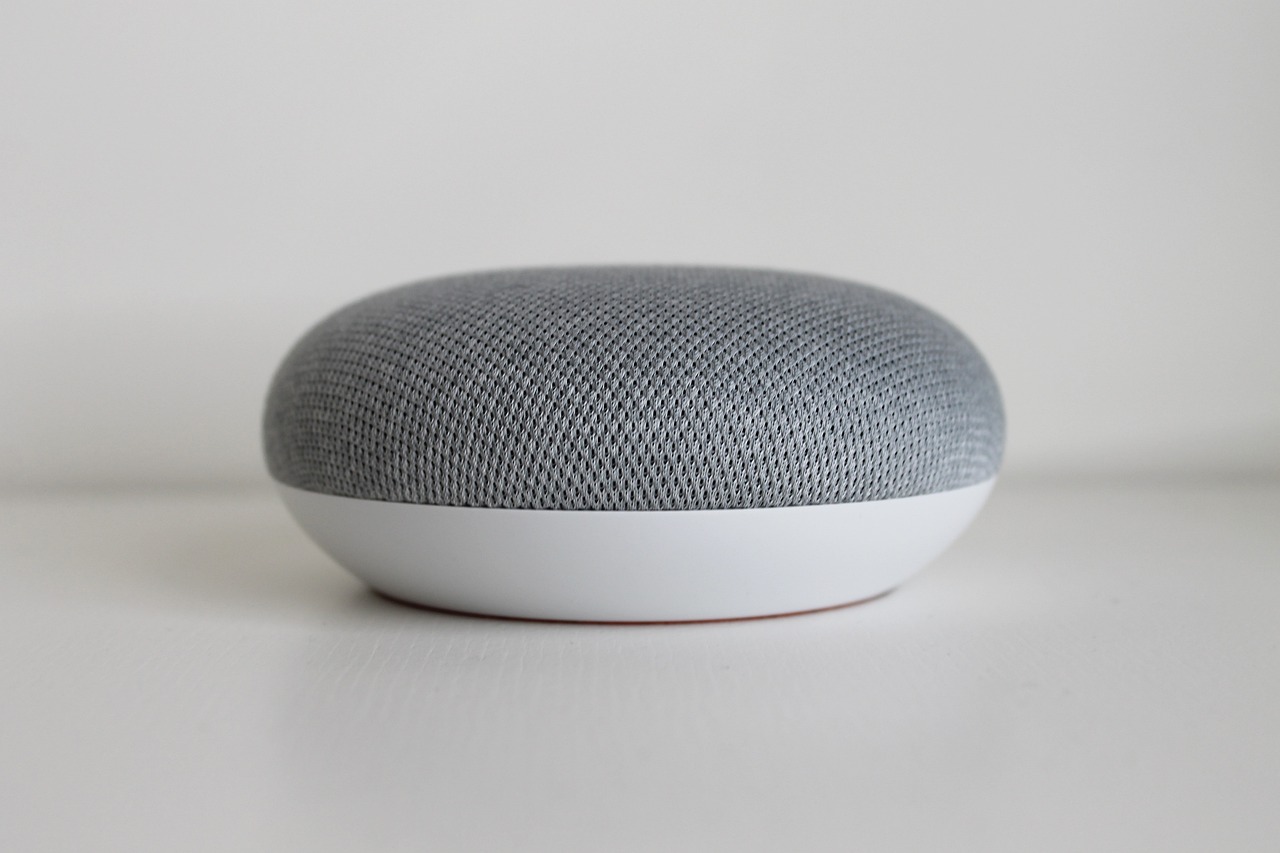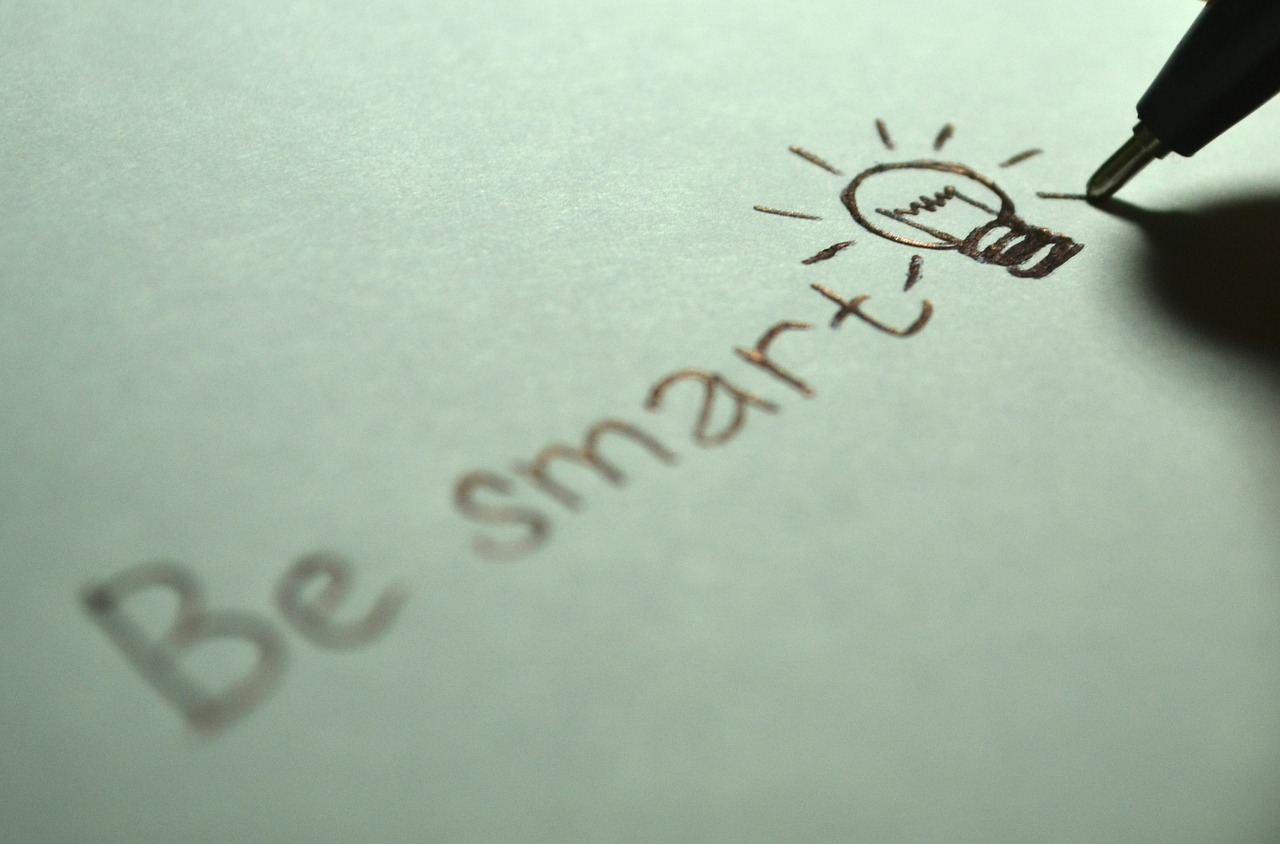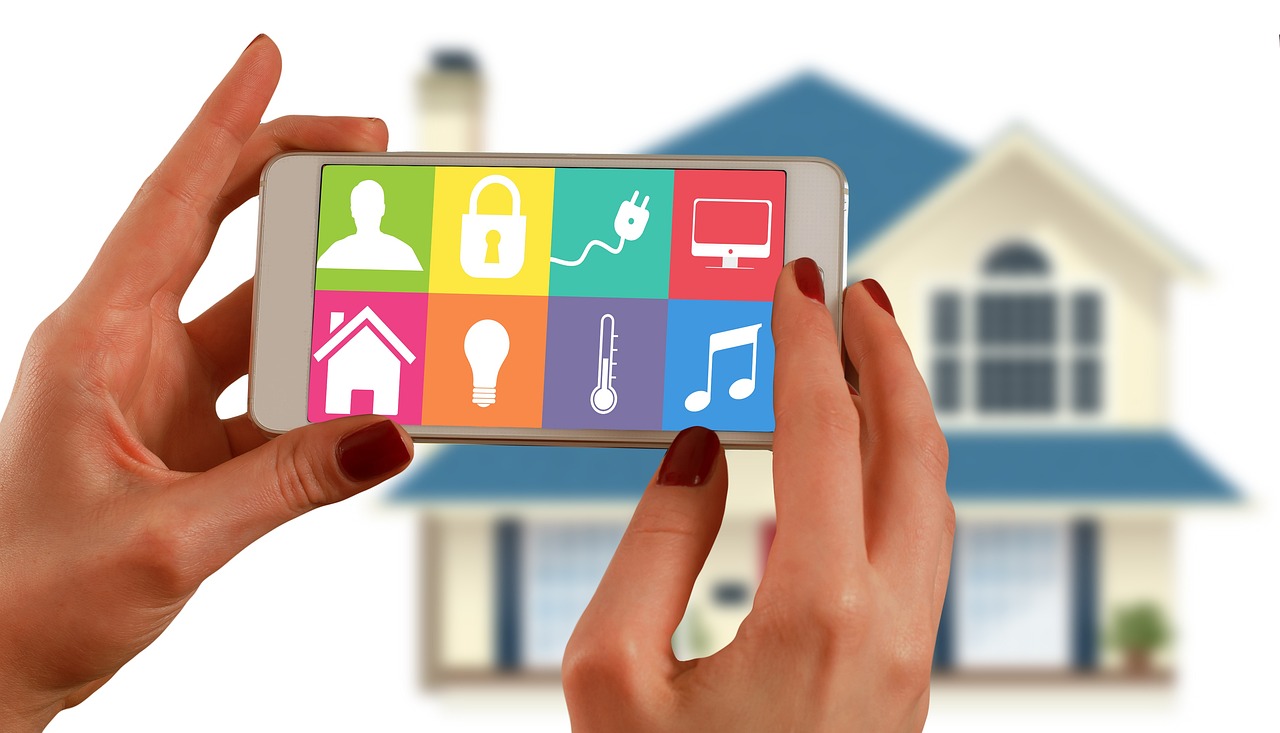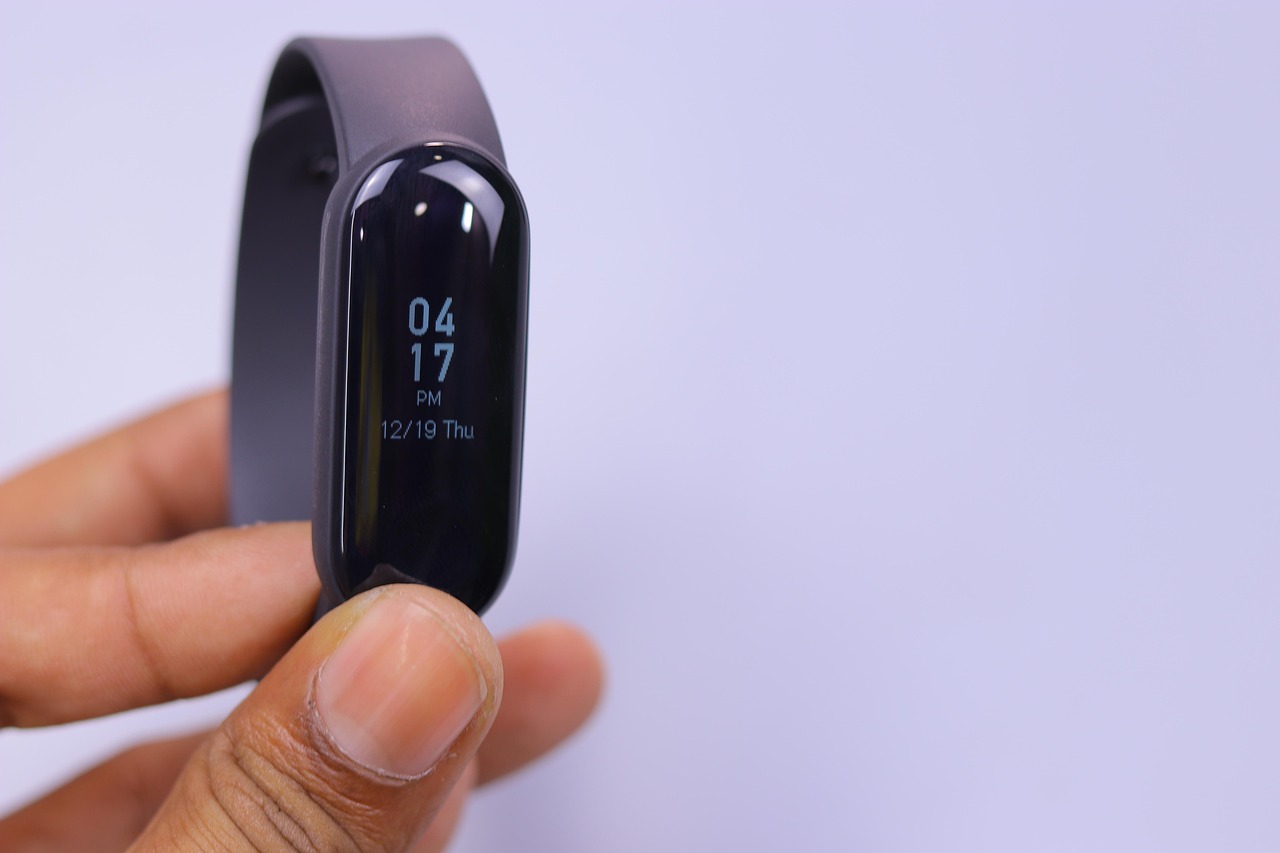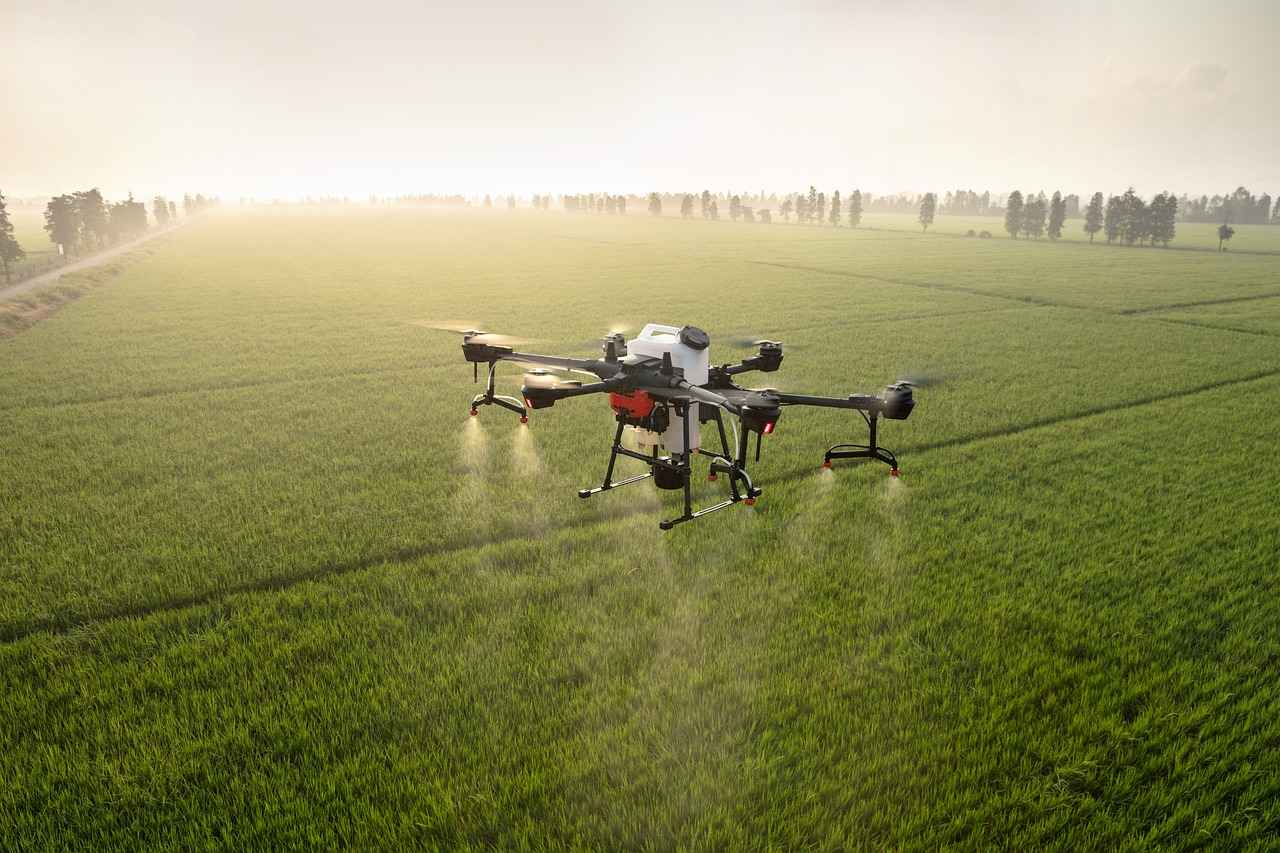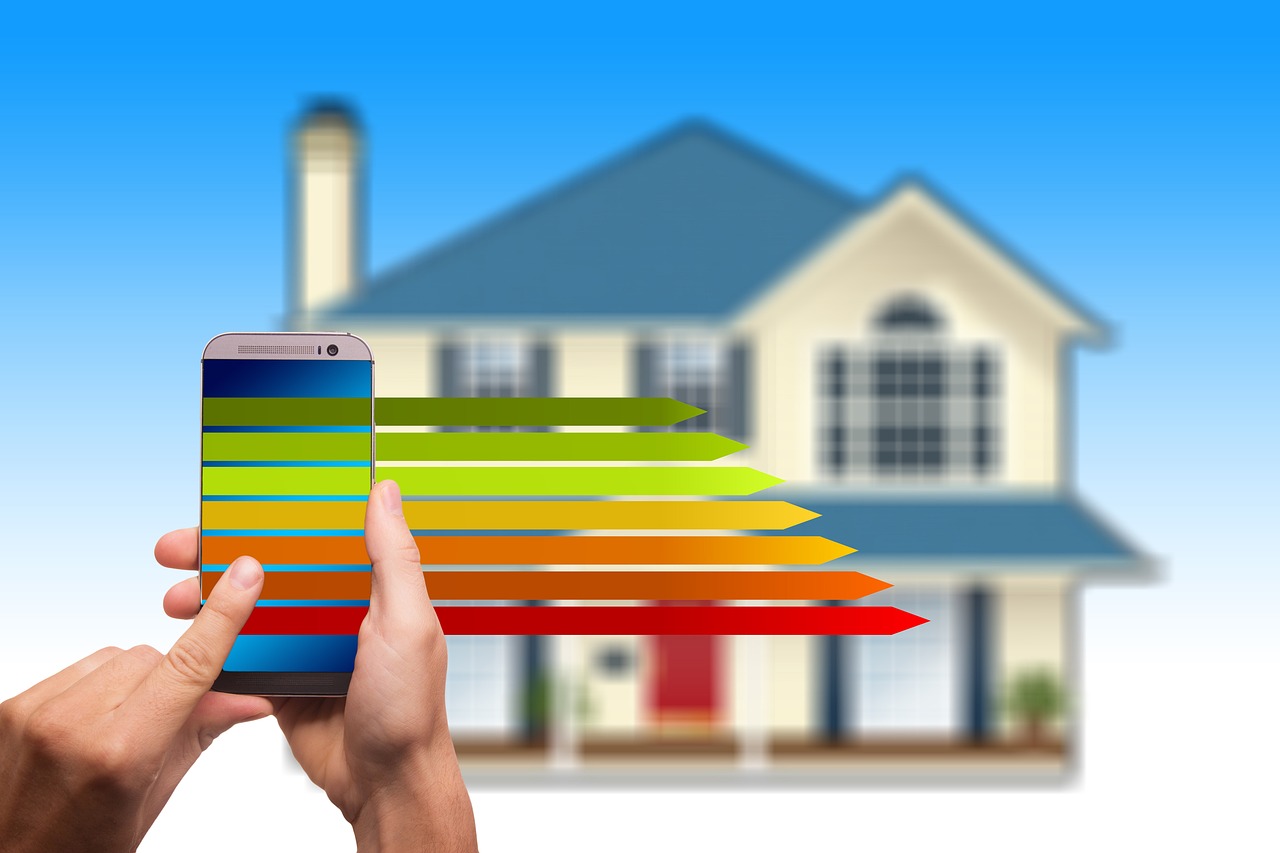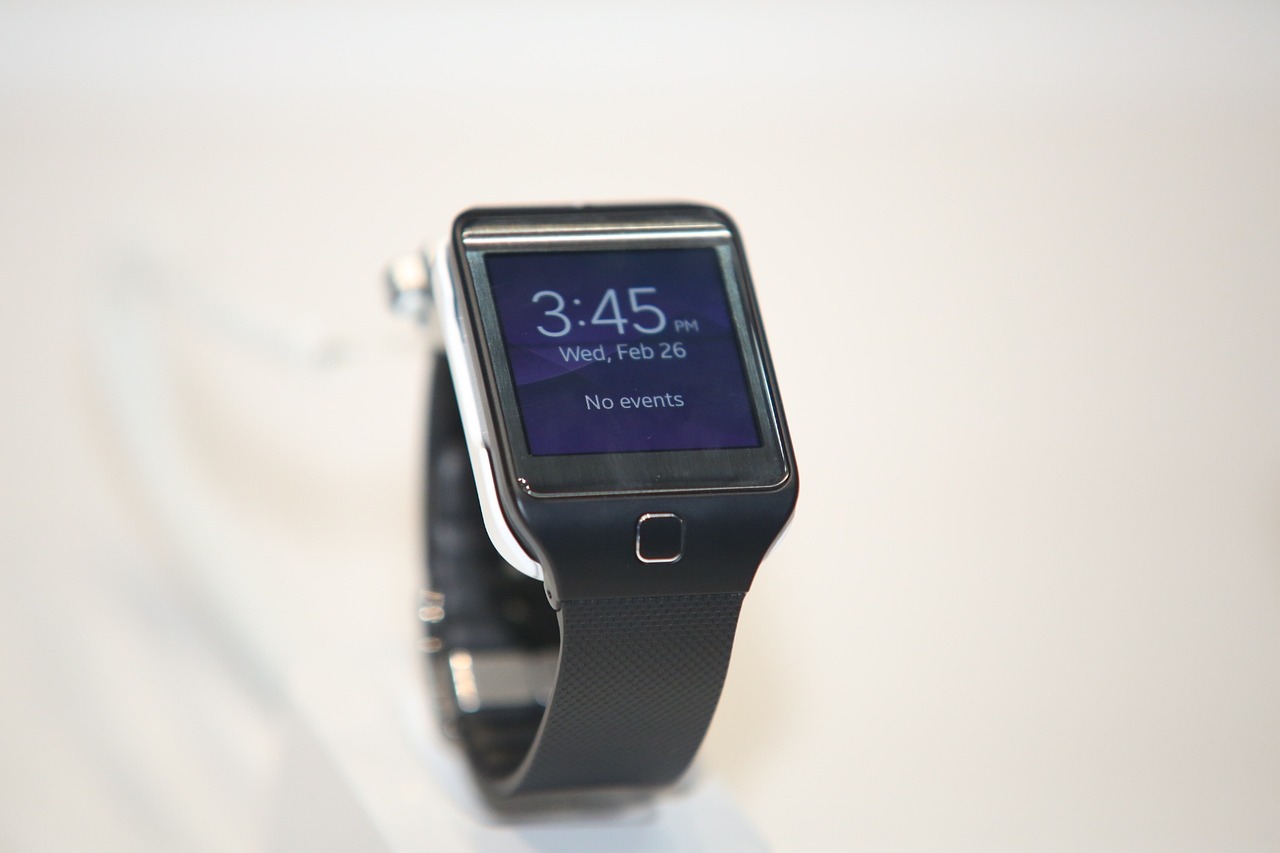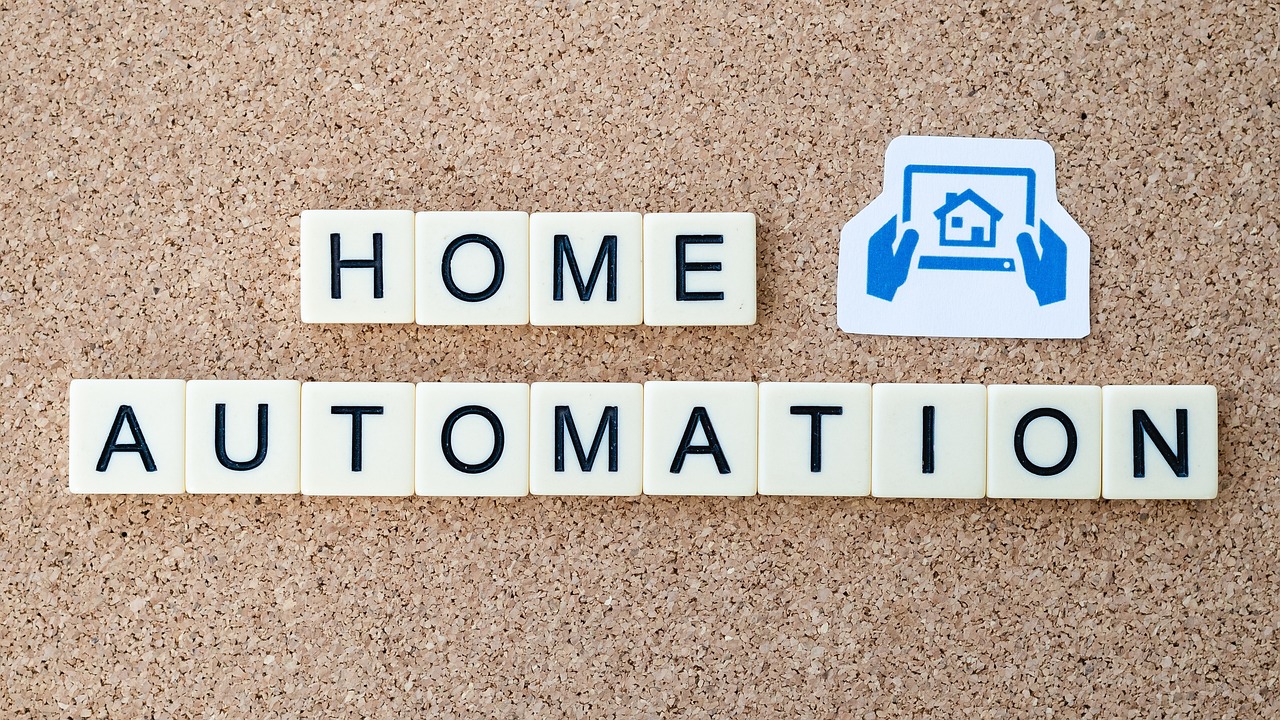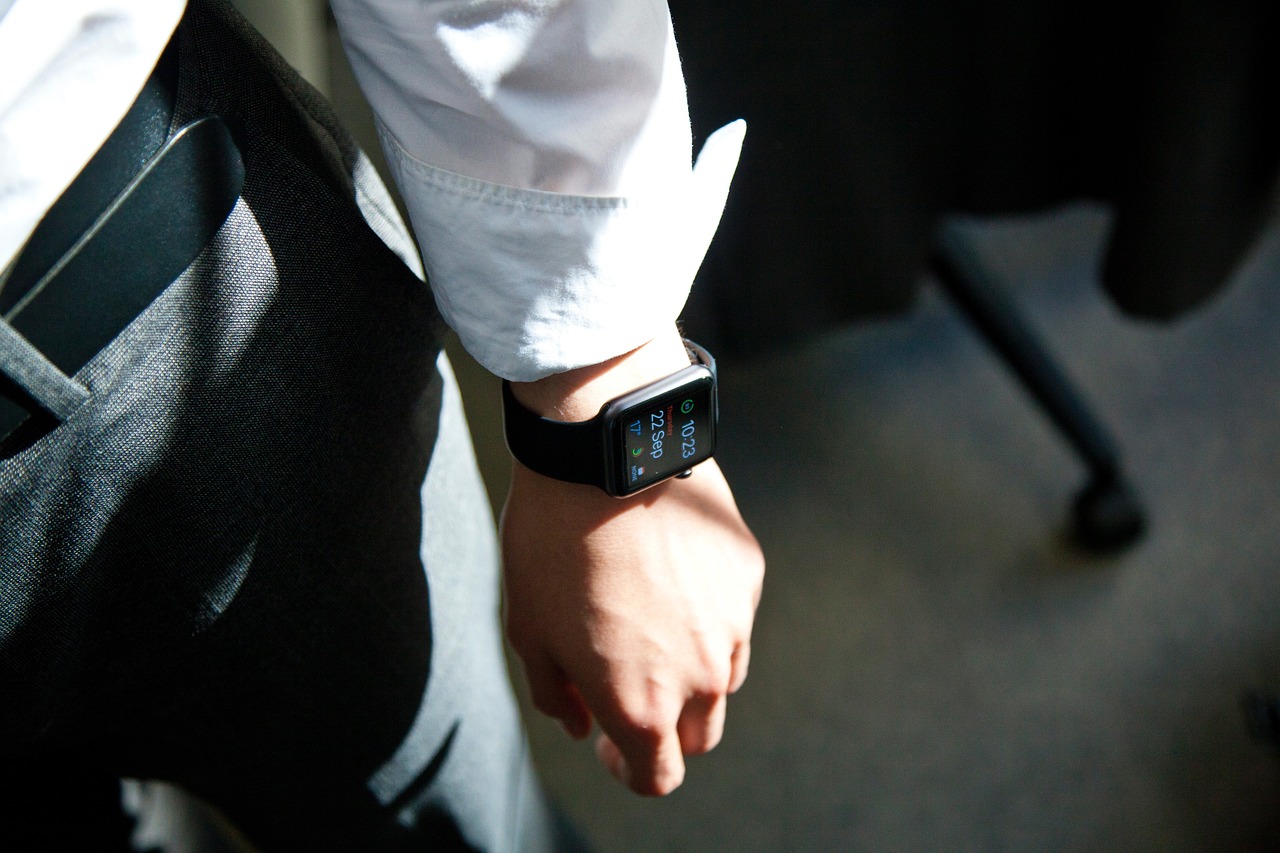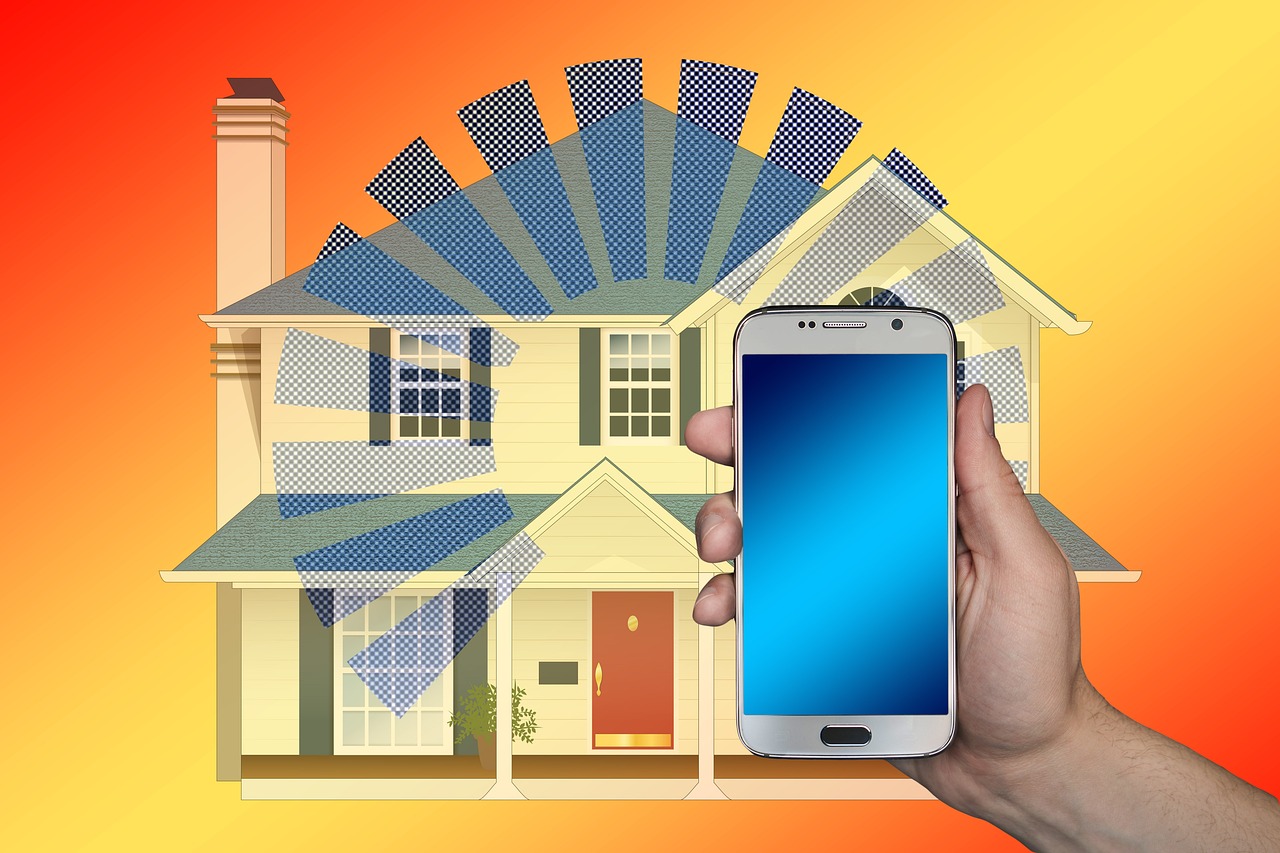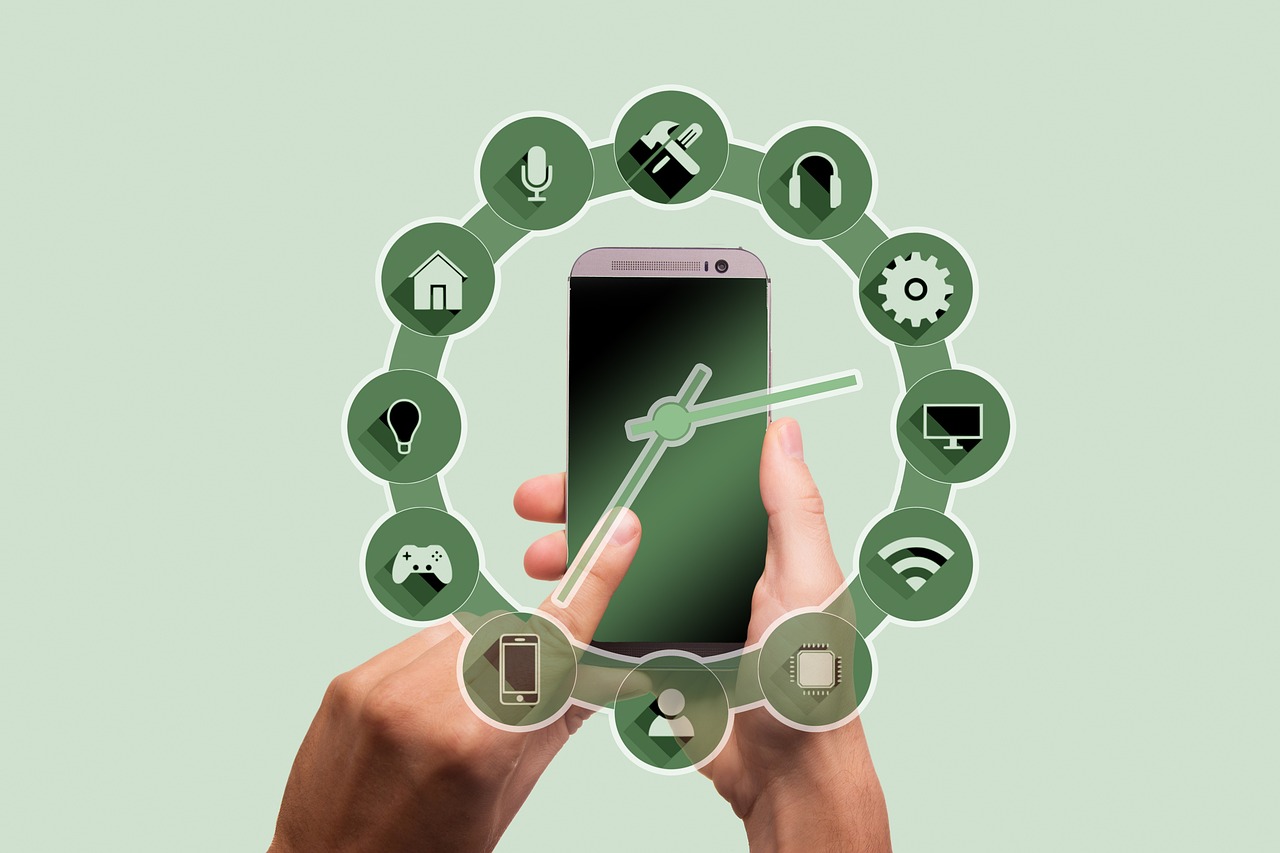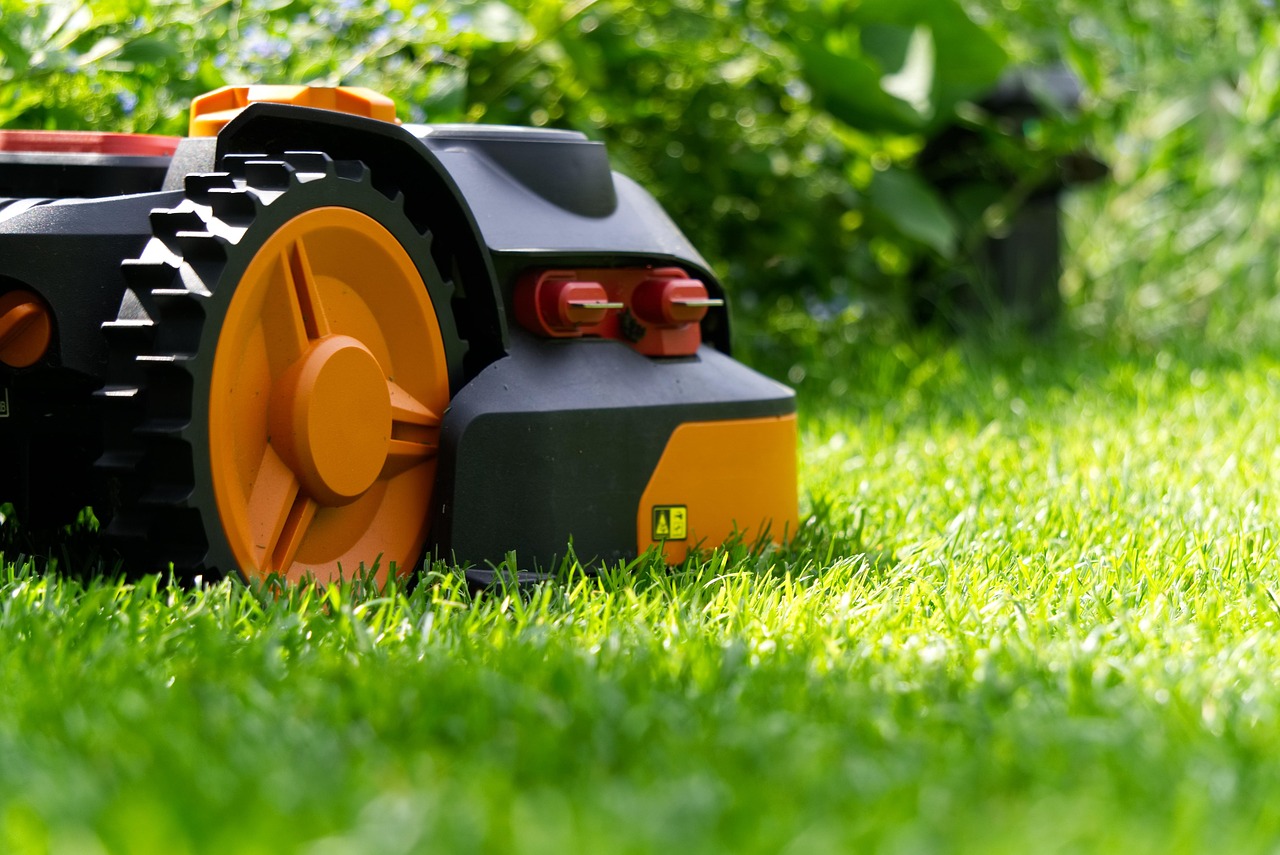This article delves into the transformative role of smart home devices in enhancing home security. With the rise of technology, homeowners now have access to an array of devices that can significantly bolster their safety. This guide will cover various technologies, their benefits, and practical applications to empower homeowners in making informed decisions.
Understanding Smart Home Security Devices
Smart home security devices include a variety of technologies designed to protect your home. These devices range from smart cameras and alarms to smart locks, each equipped with unique features to enhance safety.
Benefits of Smart Home Security Systems
- Remote Monitoring: Access your security feeds from anywhere.
- Real-Time Alerts: Receive instant notifications about suspicious activities.
- Automation: Set routines that enhance security, such as automatic lighting.
Popular Types of Smart Home Security Devices
Different smart devices cater to various security needs, including:
- Smart Cameras: Monitor your surroundings in real-time.
- Doorbell Cameras: See who’s at your door before answering.
- Smart Locks: Control access to your home remotely.
- Motion Sensors: Detect movement and trigger alerts.
How Smart Cameras Enhance Home Security
Smart cameras are essential for monitoring your property. They offer features like:
- Live Streaming: Watch your home in real-time.
- Motion Detection: Get alerts when movement is detected.
- Cloud Storage: Store footage securely for later review.
Choosing the Right Smart Camera
Selecting the ideal smart camera involves considering factors such as resolution, field of view, and connectivity options, ensuring it meets your specific security requirements.
The Role of Smart Locks in Home Security
Smart locks provide advanced security by allowing keyless entry and remote access control. This enhances convenience while ensuring only authorized individuals can enter your home.
Integrating Smart Locks with Other Devices
When paired with other smart home devices, such as cameras and alarms, smart locks contribute to a comprehensive security ecosystem that enhances overall protection.
Utilizing Smart Sensors for Enhanced Security
Smart sensors, including motion detectors and window/door sensors, provide real-time alerts and can trigger alarms, ensuring immediate responses to potential security breaches.
Best Practices for Implementing Smart Home Security
To maximize the effectiveness of your smart home security devices, consider these best practices:
- Regularly update software and firmware.
- Use strong, unique passwords for each device.
- Properly position devices for optimal coverage.
Conclusion: Enhancing Security with Smart Home Devices
Smart home devices offer innovative solutions for enhancing home security. By understanding their features and benefits, homeowners can create a safer living environment and enjoy peace of mind. The integration of these technologies not only protects your home but also provides you with a sense of control and security in an increasingly uncertain world.
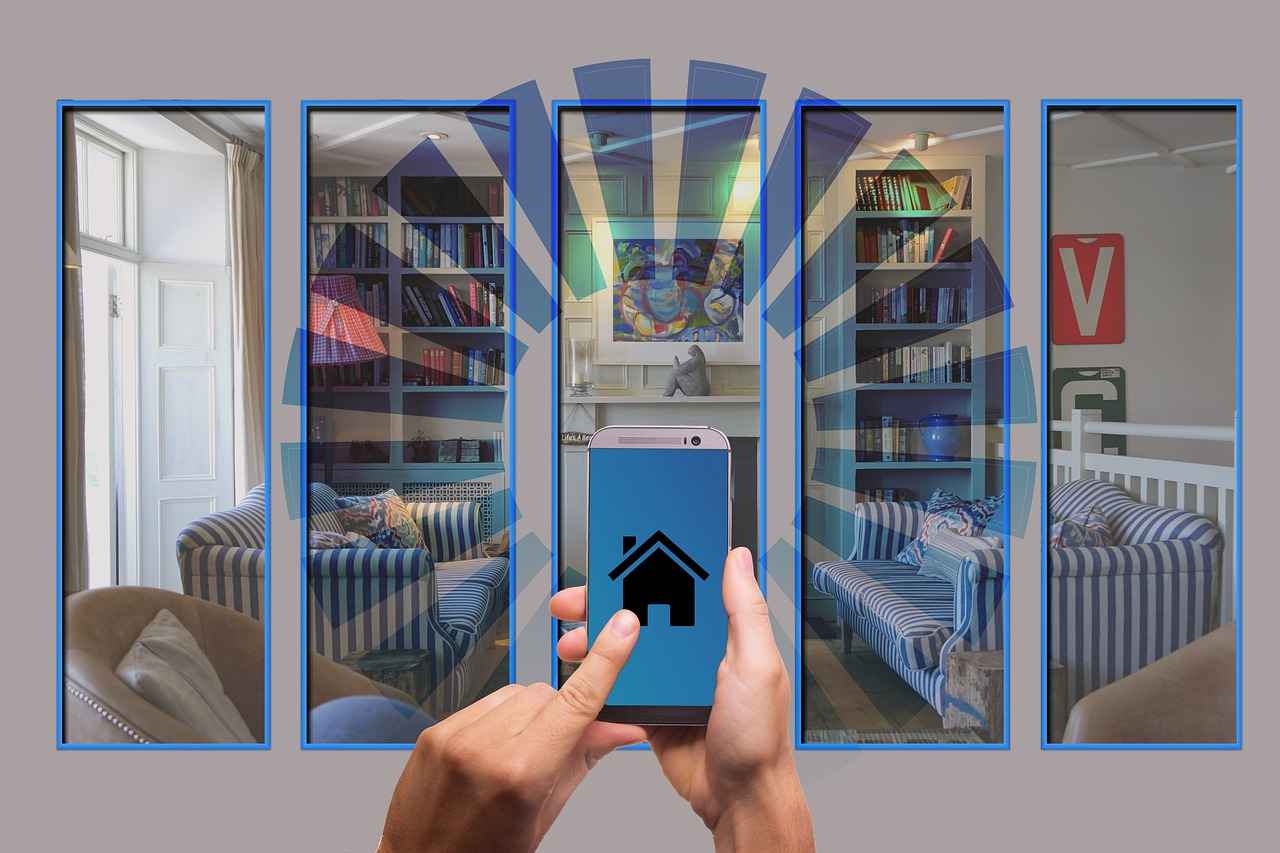
Understanding Smart Home Security Devices
Smart home security devices are revolutionizing the way we protect our homes. These technologies encompass a variety of tools designed to enhance safety and provide peace of mind for homeowners. Key components include security cameras, alarm systems, and smart locks, each offering unique features tailored to meet different security needs.
One of the most significant advantages of smart home security devices is their ability to integrate seamlessly with other smart home technologies. For example, many security cameras can connect to your smartphone, allowing you to monitor your home in real-time, even when you’re away. This level of remote access is invaluable, providing homeowners with the ability to react promptly to any suspicious activity.
Moreover, smart alarms can send instant alerts to your phone, notifying you of any potential breaches. This feature is crucial for ensuring a rapid response, which can deter intruders and minimize damage. In addition, smart locks provide keyless entry, allowing homeowners to grant temporary access to guests or service providers without the need for physical keys, thus enhancing convenience and security.
| Device Type | Key Features | Benefits |
|---|---|---|
| Security Cameras | Live streaming, motion detection, night vision | Constant monitoring, deterrence of intruders |
| Alarm Systems | Real-time alerts, integration with emergency services | Immediate response to threats, peace of mind |
| Smart Locks | Keyless entry, remote access control | Convenience, enhanced security |
In conclusion, understanding the variety of smart home security devices available is essential for homeowners looking to enhance their safety. By leveraging these technologies, you can create a more secure living environment that not only protects your property but also offers convenience and peace of mind.
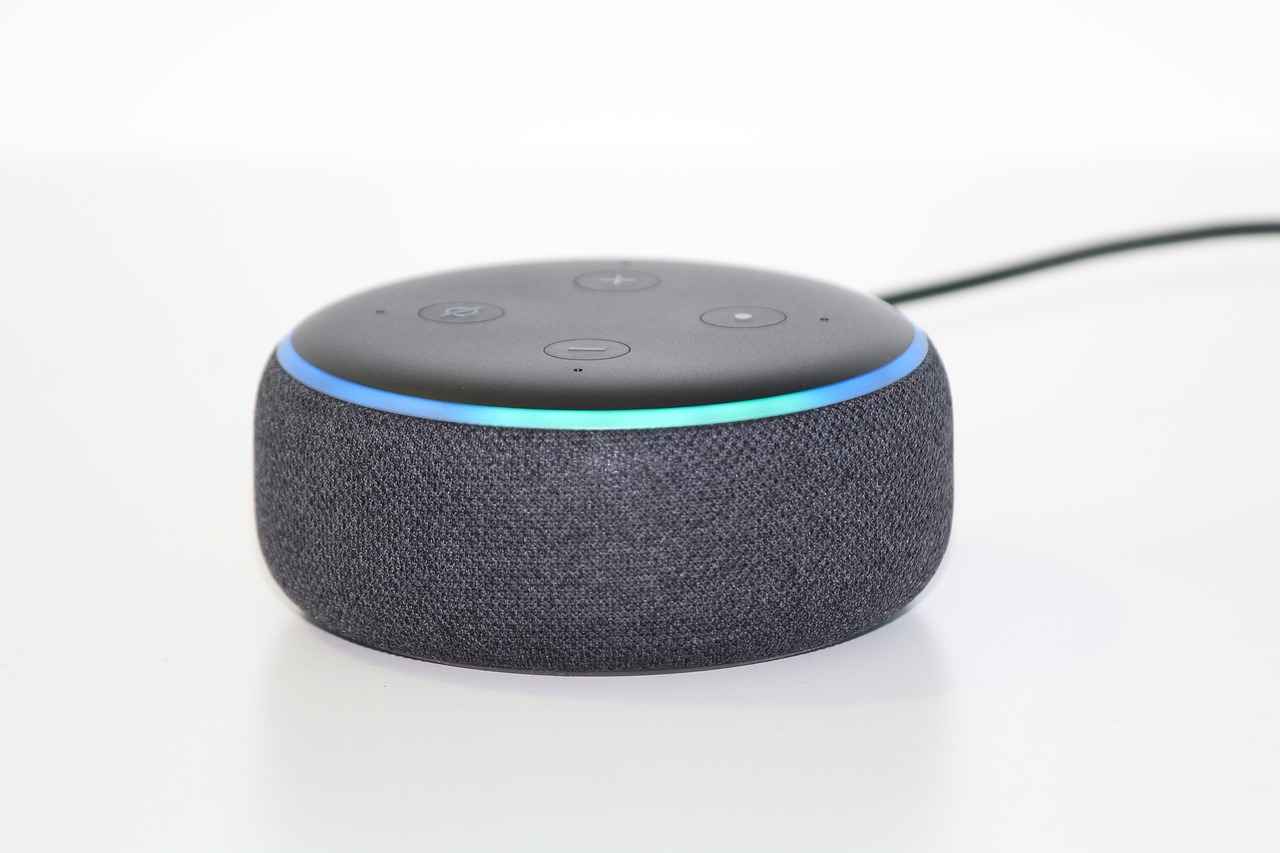
Benefits of Smart Home Security Systems
In today’s fast-paced world, the integration of technology into our daily lives has transformed the way we approach home security. The adoption of smart home security systems offers a multitude of benefits that enhance safety and convenience for homeowners. Below, we explore these advantages in detail.
- Remote Monitoring: One of the most significant benefits of smart security systems is the ability to monitor your home remotely. With smartphone apps, homeowners can access live feeds from security cameras, check alarm statuses, and receive notifications from anywhere in the world.
- Real-Time Alerts: Smart security devices are designed to provide instant alerts in case of suspicious activities. Whether it’s a motion detected by a camera or a door sensor being triggered, homeowners receive immediate notifications, allowing for quick responses.
- Automation: Many smart security systems can be programmed to automate various functions. For example, you can set lights to turn on when motion is detected or lock doors automatically at a certain time, adding an extra layer of security without manual intervention.
- Integration with Other Smart Devices: Smart security systems can seamlessly integrate with other smart home devices, such as smart lights and thermostats. This integration enhances overall home automation, allowing users to create customized security routines.
- Enhanced Surveillance: With features like high-definition video, night vision, and two-way audio, smart cameras provide comprehensive surveillance capabilities. This ensures that homeowners can keep an eye on their property at all times, day or night.
- Cost-Effectiveness: Although the initial investment in smart security systems may seem high, they often lead to savings in the long run. Many insurance companies offer discounts for homes equipped with advanced security systems, providing financial incentives for homeowners.
In conclusion, the implementation of smart home security systems not only enhances the safety of your living environment but also offers convenience and peace of mind. By leveraging technology, homeowners can take proactive steps to protect their homes and loved ones.

Popular Types of Smart Home Security Devices
Smart home security devices have revolutionized the way we protect our homes. With a variety of options available, homeowners can choose devices that best suit their security needs. Below, we explore the most common types of smart home security devices and their unique functions.
- Smart Cameras: These devices are essential for real-time monitoring. They allow homeowners to view live footage of their property through a smartphone app. Features such as motion detection and night vision enhance their effectiveness, ensuring that you never miss any suspicious activity.
- Doorbell Cameras: Doorbell cameras combine the functionality of a traditional doorbell with a video camera. They enable homeowners to see and communicate with visitors remotely. Many models offer features like two-way audio and cloud storage for recorded footage, adding an extra layer of convenience and security.
- Smart Locks: These locks provide keyless entry, allowing homeowners to unlock their doors using smartphones or keypads. They often come with features such as temporary access codes for guests and can be controlled remotely, ensuring that only authorized individuals can enter your home.
- Motion Sensors: Motion sensors are crucial for detecting any unusual activity around your property. They can trigger alarms or notifications to alert homeowners of potential intrusions. Many systems allow users to customize sensitivity levels to reduce false alarms.
- Environmental Sensors: These sensors monitor conditions such as smoke, carbon monoxide, and water leaks. By integrating these devices into your smart home security system, you can receive immediate alerts about potential hazards, ensuring your family’s safety.
In conclusion, the integration of these smart home security devices can significantly enhance the safety of your home. By understanding the unique functions of each device, homeowners can make informed decisions to create a comprehensive security system tailored to their needs.
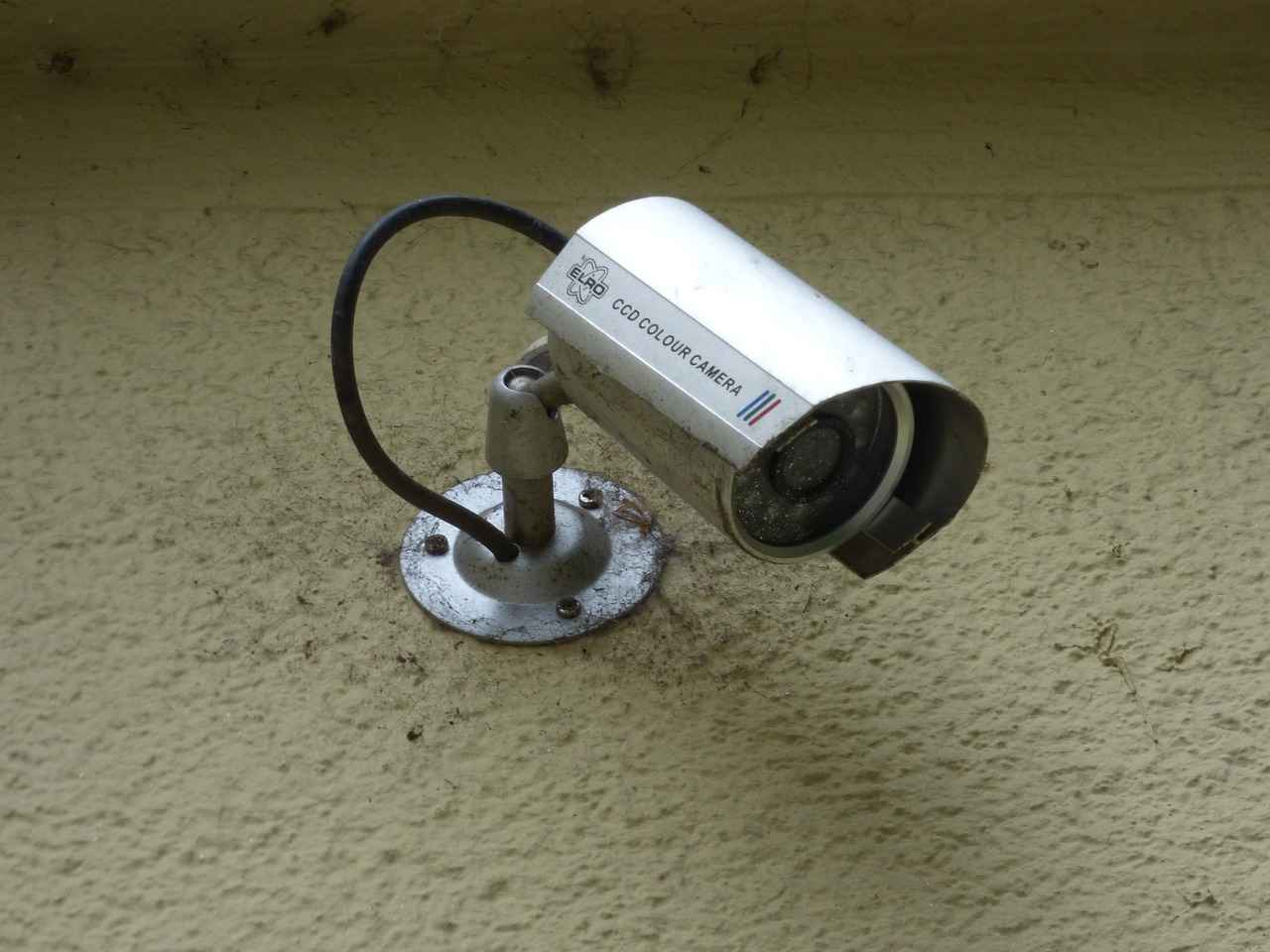
How Smart Cameras Enhance Home Security
In today’s world, ensuring the safety of your home has become more crucial than ever. Smart cameras play a vital role in enhancing home security by providing homeowners with advanced monitoring capabilities. These devices not only capture video footage but also come equipped with features that help you stay informed about your property at all times.
One of the most significant advantages of smart cameras is live streaming. This feature allows homeowners to view real-time footage from their cameras via a smartphone app, ensuring they can monitor their home from anywhere. Whether you’re at work, on vacation, or simply running errands, having access to live video feeds provides peace of mind.
Another essential feature is motion detection. Smart cameras can be programmed to send alerts to your phone when they detect movement. This means you can be immediately notified of any unusual activity around your property, allowing you to respond quickly if necessary. Additionally, many smart cameras offer cloud storage, enabling you to save and review footage without the need for physical storage devices.
Moreover, modern smart cameras often include features like night vision, which ensures that your property is monitored even in low-light conditions. Some models also offer two-way audio, allowing you to communicate with visitors or deter potential intruders through your camera.
When choosing a smart camera, consider factors such as resolution, field of view, and connectivity options. These elements are crucial in ensuring that the camera meets your specific security needs and provides effective surveillance.
In conclusion, smart cameras are an essential component of modern home security systems. With their advanced features and capabilities, they provide homeowners with the tools necessary to monitor and protect their property effectively. By investing in smart camera technology, you can enhance your home security and enjoy greater peace of mind.
Features of Smart Security Cameras
play a pivotal role in enhancing home security and providing homeowners with peace of mind. As technology continues to evolve, smart cameras have become essential components of modern security systems. Let’s explore some of the key features that make these devices indispensable.
- Night Vision: One of the standout features of smart cameras is their ability to capture clear images in low-light conditions. Night vision technology utilizes infrared sensors to illuminate dark areas, ensuring that your property is monitored 24/7.
- Two-Way Audio: This feature allows homeowners to communicate with visitors or deter potential intruders directly through the camera. With built-in microphones and speakers, you can speak and listen in real-time, enhancing interaction and security.
- Integration with Other Smart Devices: Smart cameras can seamlessly integrate with other devices in your smart home ecosystem, such as alarms, smart locks, and motion sensors. This interconnectedness allows for automated responses, such as alerting you when motion is detected or locking doors when you leave home.
- Cloud Storage: Many smart cameras offer cloud storage options, allowing you to store and access recorded footage remotely. This feature ensures that important evidence is not lost and can be retrieved easily when needed.
- Motion Detection: Smart cameras utilize advanced algorithms to detect movement within their field of view. When motion is detected, they can send instant alerts to your smartphone, ensuring you are always aware of any activity around your home.
- High-Definition Video Quality: With advancements in technology, most smart cameras now offer HD video quality, providing clearer images and better detail. This is crucial for identifying faces and license plates if necessary.
In conclusion, the features of smart security cameras significantly enhance their effectiveness in safeguarding your home. By understanding these capabilities, homeowners can make informed decisions about their security needs, ultimately leading to a safer living environment.
Choosing the Right Smart Camera
is a critical step in enhancing your home security system. With a plethora of options available in the market, making an informed decision can significantly impact your safety and peace of mind. Below are essential factors to consider when selecting the ideal smart camera for your needs.
- Resolution: The clarity of the images captured by the camera is paramount. Cameras with higher resolution (1080p or higher) provide clearer images, making it easier to identify faces and details.
- Field of View: A wider field of view allows the camera to cover more area. Look for cameras with at least a 120-degree field of view to ensure comprehensive coverage of your property.
- Connectivity Options: Consider how the camera connects to your home network. Wi-Fi-enabled cameras are convenient, but some users may prefer wired options for stability and security.
- Night Vision: Ensure the camera has good night vision capabilities, as many incidents occur after dark. Infrared night vision allows for clear footage in low-light conditions.
- Two-Way Audio: This feature enables communication through the camera, allowing you to speak to visitors or deter intruders directly from your smartphone.
- Storage Options: Evaluate how the camera stores footage. Options include local storage via SD cards or cloud storage, which often comes with a subscription fee.
- Integration with Other Devices: Choose a camera that integrates seamlessly with other smart home devices, such as alarms or smart locks, to create a cohesive security system.
In conclusion, choosing the right smart camera involves careful consideration of various features and specifications to ensure it meets your specific security requirements. By evaluating these factors, you can select a camera that not only enhances your home security but also provides peace of mind.
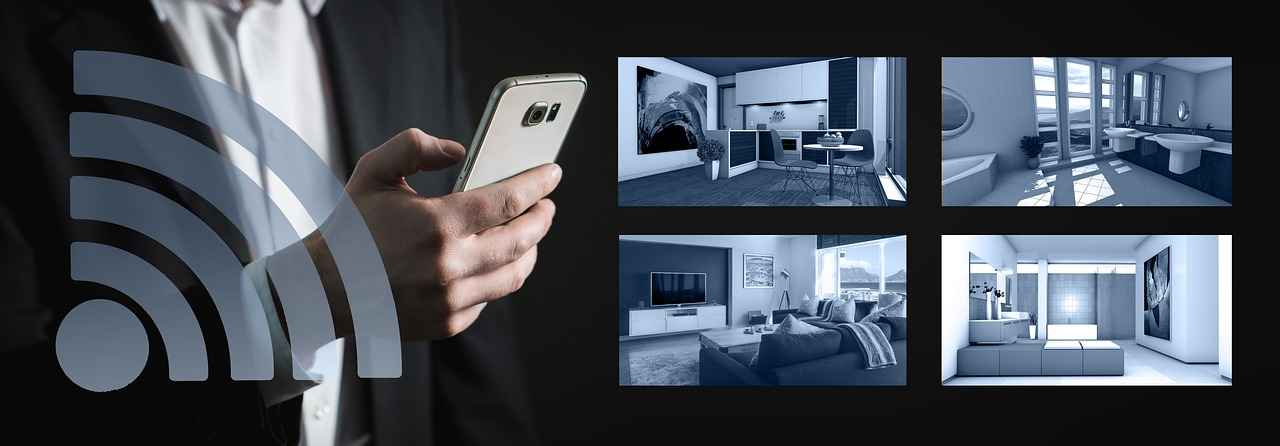
The Role of Smart Locks in Home Security
In today’s fast-paced world, smart locks have emerged as a crucial component of home security systems. These innovative devices provide a blend of advanced security and convenience, allowing homeowners to manage access to their properties effortlessly.
Smart locks eliminate the need for traditional keys, offering keyless entry through methods such as smartphone apps, biometric scans, or keypad codes. This technology not only enhances security by ensuring that only authorized individuals can enter your home but also facilitates remote access control. Homeowners can grant or revoke access from anywhere, making it easier to manage visitors, service personnel, or deliveries.
Moreover, many smart locks come equipped with features that provide added layers of security. For instance, they can send real-time notifications to your smartphone whenever someone enters or exits your home. Some models even allow you to set temporary access codes for guests, ensuring that your home remains secure while accommodating visitors.
Integrating smart locks with other smart home devices amplifies their effectiveness. For example, when paired with smart cameras, you can visually verify who is at your door before granting access. Additionally, connecting smart locks to your home alarm system can trigger alerts if unauthorized entry is attempted, providing peace of mind.
To maximize the benefits of smart locks, it is essential to follow best practices. Regularly update passwords, ensure the lock’s firmware is current, and choose models with strong encryption. By doing so, homeowners can significantly enhance their security posture.
In conclusion, smart locks represent a pivotal advancement in home security technology. By offering keyless entry and remote access control, they not only enhance convenience but also ensure that only authorized individuals can enter your home. Investing in smart locks is a wise decision for those looking to bolster their home security.
Benefits of Keyless Entry Systems
Keyless entry systems have revolutionized the way we access our homes, providing a range of benefits that enhance both convenience and security. These systems eliminate the need for traditional physical keys, which can be easily lost or misplaced, thereby reducing the risk of lockouts. Imagine never having to worry about forgetting your keys again!
- Enhanced Security: Keyless entry systems often feature advanced security measures such as encryption and biometric authentication, making it significantly harder for unauthorized individuals to gain access.
- Convenience: With keyless entry, you can unlock your door using a smartphone app or a keypad, allowing for quick and easy access without fumbling for keys.
- Temporary Access Codes: Many keyless entry systems allow homeowners to generate temporary access codes for guests, service personnel, or deliveries. This feature ensures that you can provide access without compromising your security.
- Remote Access: Some systems enable remote locking and unlocking via smartphone apps, giving you control over your home’s security from anywhere.
- Integration with Smart Home Devices: Keyless entry systems can often be integrated with other smart home devices, such as security cameras and alarms, creating a comprehensive and cohesive security solution.
In addition, these systems are often equipped with features like activity logs, which allow homeowners to monitor who enters and exits their homes, providing an added layer of security. As technology continues to advance, keyless entry systems are becoming more sophisticated, offering features such as voice activation and geofencing.
In conclusion, the adoption of keyless entry systems not only enhances the security of your home but also offers unmatched convenience and control. By eliminating the need for physical keys and providing features tailored to modern living, these systems represent a significant advancement in home security technology.
Integrating Smart Locks with Other Devices
is a crucial aspect of modern home security systems. As technology evolves, the synergy between various smart home devices creates a seamless security ecosystem, enhancing the overall protection of your residence.
Smart locks, which offer keyless entry and remote access, become even more powerful when integrated with other smart devices. For instance, when a smart lock is paired with security cameras, homeowners can monitor who enters and exits their home in real-time. This integration allows for immediate notifications when someone unlocks the door, ensuring that you are always aware of activity around your property.
Moreover, connecting smart locks with alarm systems adds an additional layer of security. If a smart lock is tampered with or if unauthorized access is attempted, the alarm can be triggered instantly. This immediate response can deter potential intruders and alert homeowners to suspicious activity, providing peace of mind.
Another benefit of integrating smart locks with smart home hubs, such as Google Home or Amazon Alexa, is the ability to control multiple devices through a single interface. Homeowners can create routines that lock doors automatically at a certain time or when they leave home, enhancing both convenience and security.
| Integration Benefits | Description |
|---|---|
| Real-Time Monitoring | Receive instant alerts when your smart lock is used, allowing you to monitor access. |
| Enhanced Security | Integrating with alarms and cameras provides immediate responses to unauthorized access. |
| Automated Routines | Set routines for locking doors automatically, improving convenience and security. |
In conclusion, the integration of smart locks with other smart home devices creates a robust security framework. By leveraging the strengths of each device, homeowners can significantly enhance their security measures, ensuring a safer living environment. This interconnectedness not only simplifies home management but also fortifies your home against potential threats.

Utilizing Smart Sensors for Enhanced Security
In today’s rapidly evolving technological landscape, smart sensors have emerged as pivotal components in enhancing home security systems. These devices, which include motion detectors and window/door sensors, are designed to provide real-time alerts and immediate responses to potential security breaches. Their integration into smart home ecosystems offers homeowners peace of mind and a significant boost in safety.
Understanding Smart Sensors
Smart sensors are devices that detect and respond to changes in their environment. They utilize advanced technologies to monitor activities, ensuring that homeowners are promptly informed of any unusual occurrences. This capability is crucial in preventing break-ins and ensuring comprehensive home protection.
How Motion Detectors Work
- Motion detectors utilize infrared technology to identify movement within a designated area.
- When motion is detected, these sensors can trigger alarms, send notifications to your smartphone, or activate security cameras.
- They can be programmed to differentiate between pets and intruders, minimizing false alarms.
Window and Door Sensors: Essential Security Features
Window and door sensors are vital for monitoring entry points in your home. They operate by detecting when a door or window is opened, instantly alerting homeowners to potential breaches. Key features include:
- Real-time Notifications: Homeowners receive immediate alerts on their smartphones if a sensor is triggered.
- Integration with Alarms: These sensors can be linked to alarm systems, providing a multi-layered security approach.
Benefits of Smart Sensors
The implementation of smart sensors in home security systems offers numerous benefits:
- Immediate Response: Real-time alerts ensure that homeowners can act quickly in response to potential threats.
- Remote Monitoring: Homeowners can monitor their property from anywhere, providing peace of mind while away.
- Enhanced Automation: Smart sensors can be programmed to work in conjunction with other smart devices, creating a cohesive security network.
Conclusion
Incorporating smart sensors into your home security system is a proactive step towards safeguarding your property. With their ability to provide real-time alerts and trigger alarms, these devices ensure that homeowners are always one step ahead of potential threats. By understanding their functionalities and benefits, you can make informed decisions that enhance your overall security strategy.
Types of Smart Sensors
Smart sensors are pivotal in modern security systems, offering a wide array of functionalities that enhance safety and efficiency. These devices are designed to detect changes in their environment and respond accordingly, making them invaluable in various applications, particularly in home security.
| Type of Smart Sensor | Functionality | Applications |
|---|---|---|
| Motion Sensors | Detect movement within a specified area. | Intrusion detection, automated lighting systems. |
| Door/Window Sensors | Monitor the opening and closing of doors and windows. | Home security, alerting homeowners of unauthorized access. |
| Environmental Sensors | Measure environmental conditions such as temperature, humidity, and air quality. | Fire detection, flood monitoring, and HVAC management. |
| Glass Break Sensors | Detect the sound or vibration of breaking glass. | Protection for windows and glass doors. |
Each type of smart sensor serves a unique purpose, contributing to a comprehensive security strategy. For instance, motion sensors can trigger alarms or notifications when unexpected movement is detected, while door and window sensors provide alerts when a door or window is opened without authorization. Additionally, environmental sensors play a crucial role in monitoring conditions that could lead to emergencies, such as fires or floods.
Integrating these sensors into a smart home ecosystem allows homeowners to receive real-time alerts, automate responses, and monitor their property remotely, significantly enhancing overall security.
In conclusion, the diverse functionalities of smart sensors make them essential components of modern security systems. By understanding the various types and their applications, homeowners can better protect their properties and ensure peace of mind.
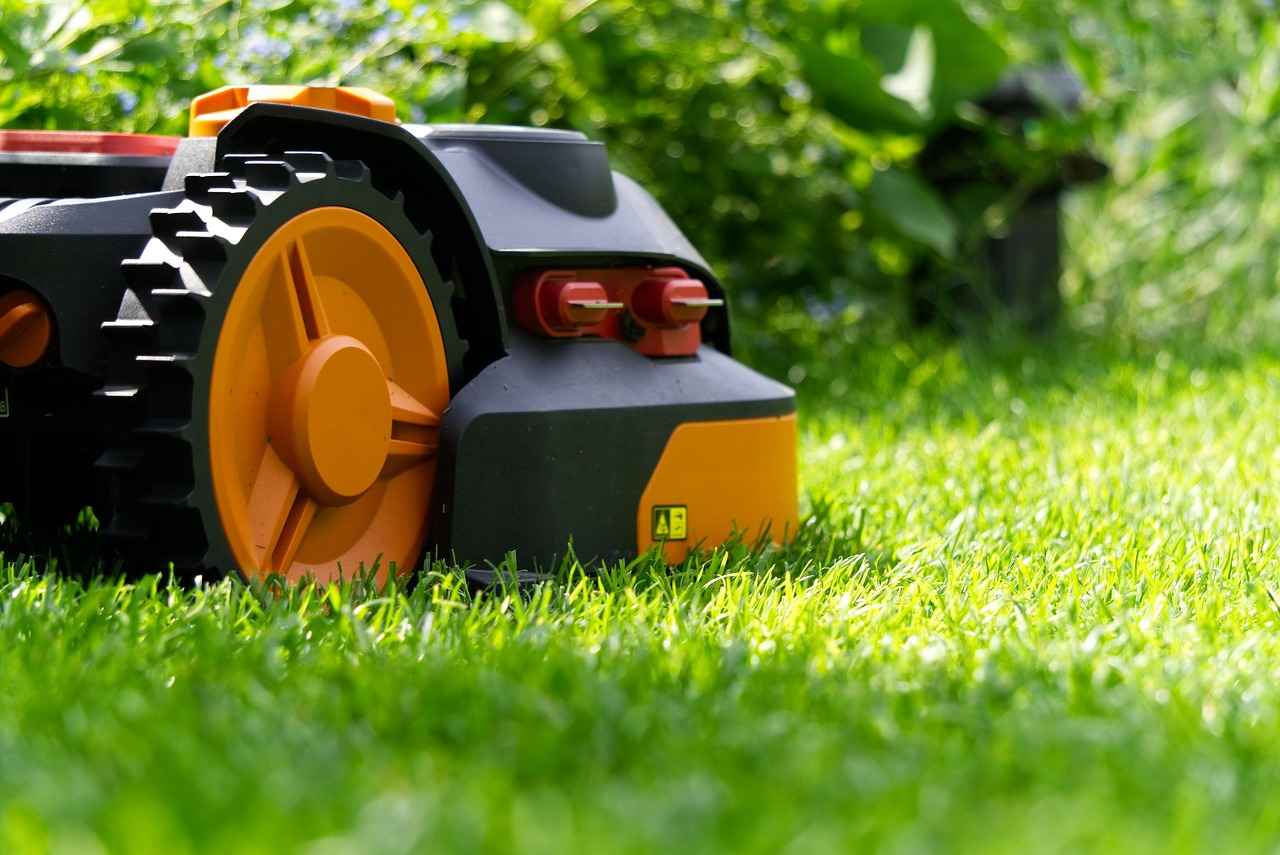
Best Practices for Implementing Smart Home Security
In today’s digital age, smart home security devices have become essential for protecting our homes. However, to ensure these devices operate at their best, it is crucial to follow certain best practices. This article outlines key strategies to enhance the security of your smart home system.
- Regular Software Updates: Keeping your devices updated is vital for security. Manufacturers release updates to fix vulnerabilities and improve functionality. Set reminders to check for updates regularly or enable automatic updates if available.
- Use Strong Passwords: A robust password is your first line of defense. Use a combination of upper and lower case letters, numbers, and special characters. Avoid using easily guessed passwords and consider using a password manager to keep track of them.
- Proper Placement of Devices: The location of your smart security devices can significantly impact their effectiveness. Ensure cameras are positioned to cover entry points, and sensors are placed in areas where they can detect unusual activity.
- Enable Two-Factor Authentication: Whenever possible, activate two-factor authentication (2FA) for your devices. 2FA adds an extra layer of security by requiring a second form of verification, making it harder for unauthorized users to gain access.
- Secure Your Wi-Fi Network: A secure network is essential for protecting your smart devices. Change default router passwords, use WPA3 encryption, and regularly monitor connected devices for any unauthorized access.
- Educate Household Members: Ensure everyone in your home understands the importance of smart security practices. Teach them about recognizing phishing attempts and the significance of not sharing passwords.
By implementing these best practices, homeowners can significantly enhance the effectiveness of their smart home security systems, ensuring a safer living environment.
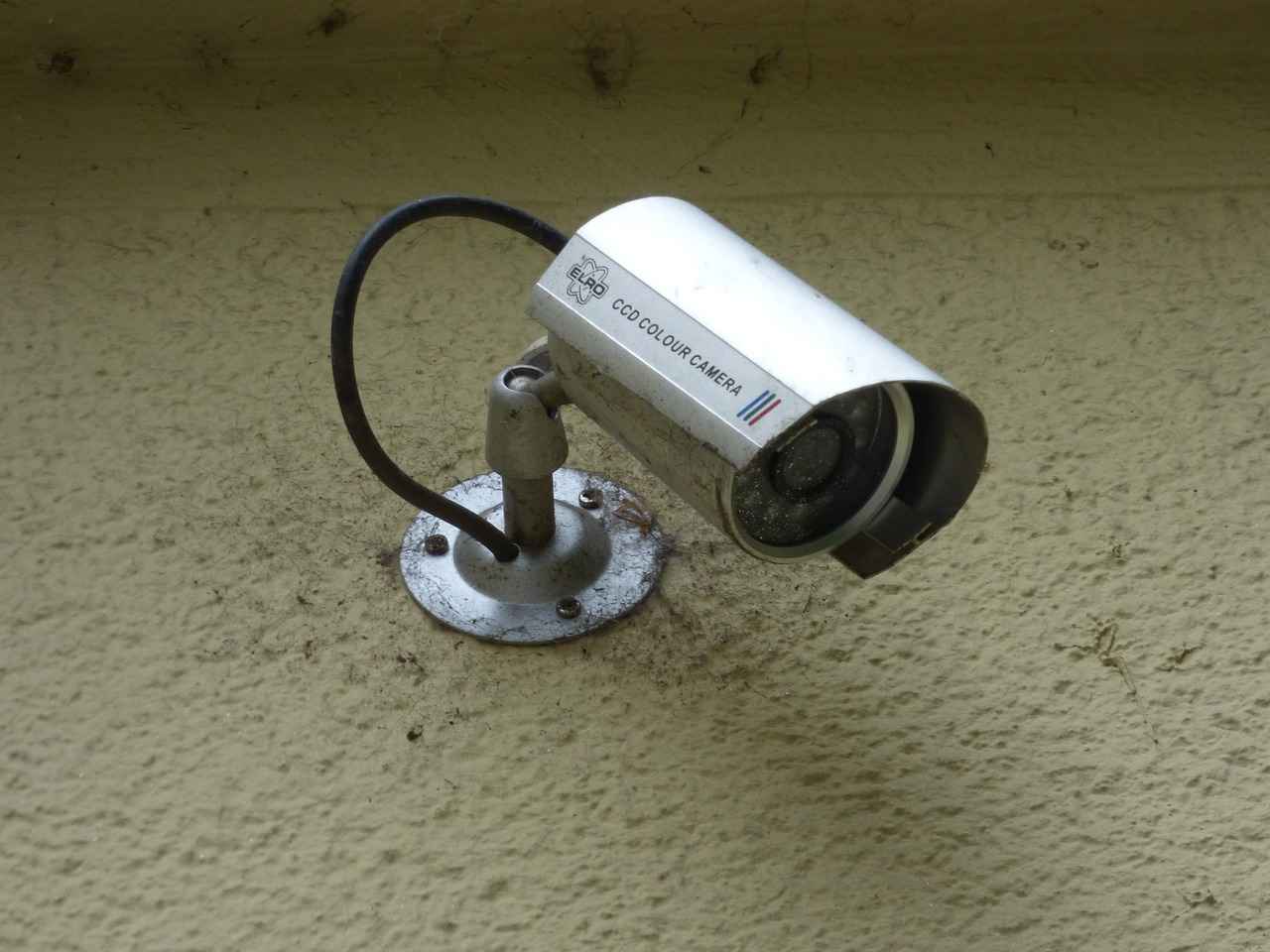
Future Trends in Smart Home Security Technology
The future of smart home security technology is evolving rapidly, driven by significant advancements in artificial intelligence (AI), machine learning, and Internet of Things (IoT) integration. These innovations are paving the way for more sophisticated and user-friendly security solutions that offer homeowners enhanced peace of mind.
One of the most exciting trends is the integration of AI into security systems. AI can analyze data from various sensors and cameras, enabling systems to differentiate between normal and suspicious activity. This capability reduces false alarms and allows for quicker responses to real threats. Moreover, with the incorporation of machine learning, smart home devices can adapt to the homeowner’s habits, learning when to activate or deactivate security features based on typical patterns.
The IoT continues to play a crucial role in smart home security. As more devices become interconnected, homeowners can manage their security systems from a single app, providing seamless control over their entire home environment. For example, a homeowner can receive alerts from motion sensors while simultaneously viewing live feeds from security cameras, all through a unified platform.
Another promising trend is the development of biometric authentication systems. These systems utilize fingerprint or facial recognition technology to enhance security, making unauthorized access nearly impossible. As these technologies become more affordable, their integration into everyday smart locks and security systems is expected to rise.
Additionally, advancements in cloud technology are improving data storage and accessibility. Homeowners can store surveillance footage securely and access it from anywhere, ensuring they have continuous oversight of their property.
In conclusion, the future of smart home security technology is bright, with continuous innovations promising to create safer living environments. As these technologies evolve, homeowners will have more effective tools at their disposal to protect their homes and loved ones.

Conclusion: Enhancing Security with Smart Home Devices
In today’s world, smart home devices have emerged as essential tools for enhancing home security. These innovative technologies not only provide peace of mind but also empower homeowners to take control of their safety. By understanding the various features and benefits of these devices, individuals can create a more secure living environment.
Understanding the Importance of Smart Home Security
Smart home security systems integrate advanced technology to protect homes from potential threats. With devices such as smart cameras, smart locks, and motion sensors, homeowners can monitor their properties in real-time and receive immediate alerts about suspicious activities. This level of vigilance is crucial in preventing break-ins and ensuring the safety of loved ones.
Key Benefits of Smart Home Devices
- Remote Monitoring: Access live feeds from cameras and receive alerts on your smartphone.
- Real-Time Alerts: Get instant notifications about unusual activities.
- Automation: Schedule device functions to enhance security, such as locking doors at night.
Popular Smart Home Security Devices
| Device Type | Function |
|---|---|
| Smart Cameras | Monitor surroundings with live video feeds |
| Smart Locks | Provide keyless entry and remote access control |
| Motion Sensors | Detect movement and trigger alarms |
Best Practices for Smart Home Security
To maximize the effectiveness of smart home security devices, homeowners should:
- Keep software updated to protect against vulnerabilities.
- Use strong and unique passwords for device access.
- Place devices strategically for optimal coverage.
Future of Smart Home Security
The landscape of smart home security continues to evolve, with advancements in artificial intelligence and machine learning paving the way for even more sophisticated solutions. As technology progresses, homeowners can expect enhanced features that will further improve their safety and security.
In conclusion, by leveraging the benefits of smart home devices, homeowners can significantly enhance their security measures, ensuring a safer living environment for themselves and their families.
Frequently Asked Questions
- What are smart home security devices?
Smart home security devices are advanced technologies designed to enhance the safety of your home. They include items like smart cameras, alarms, and locks that work together to provide a comprehensive security solution.
- How do smart cameras improve home security?
Smart cameras enhance home security by allowing you to monitor your property in real-time. With features like motion detection, night vision, and cloud storage, you can keep an eye on your home from anywhere, providing peace of mind.
- What are the benefits of using smart locks?
Smart locks offer keyless entry, remote access control, and the ability to provide temporary access codes for guests. This convenience reduces the risk of lost keys and enhances your home’s overall security.
- How do smart sensors work?
Smart sensors detect changes in your environment, such as motion or the opening of doors and windows. They send real-time alerts to your smartphone, allowing for immediate responses to potential security breaches.
- What are some best practices for using smart home security devices?
To maximize the effectiveness of your smart home security devices, regularly update software, use strong passwords, and strategically place your devices for optimal coverage.


